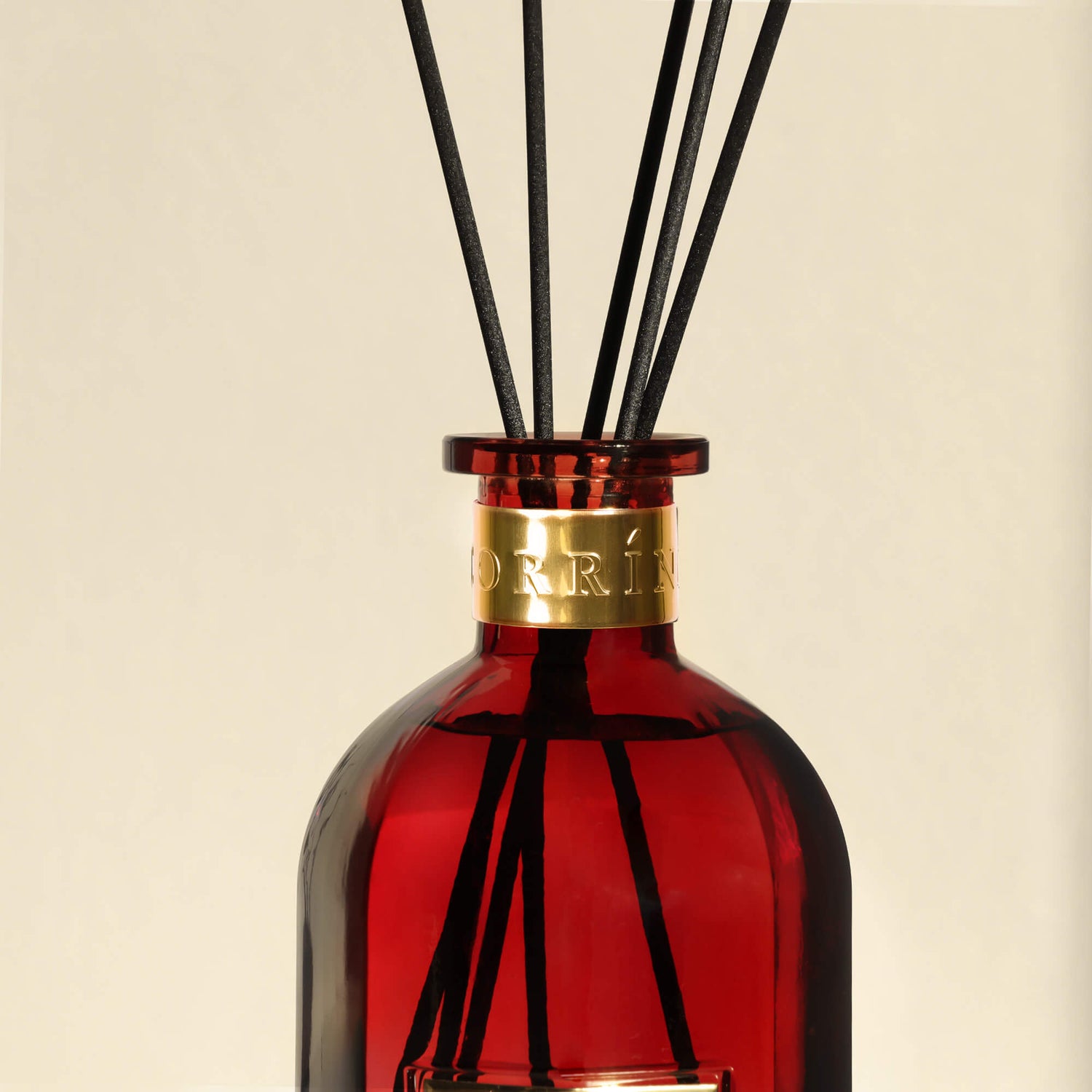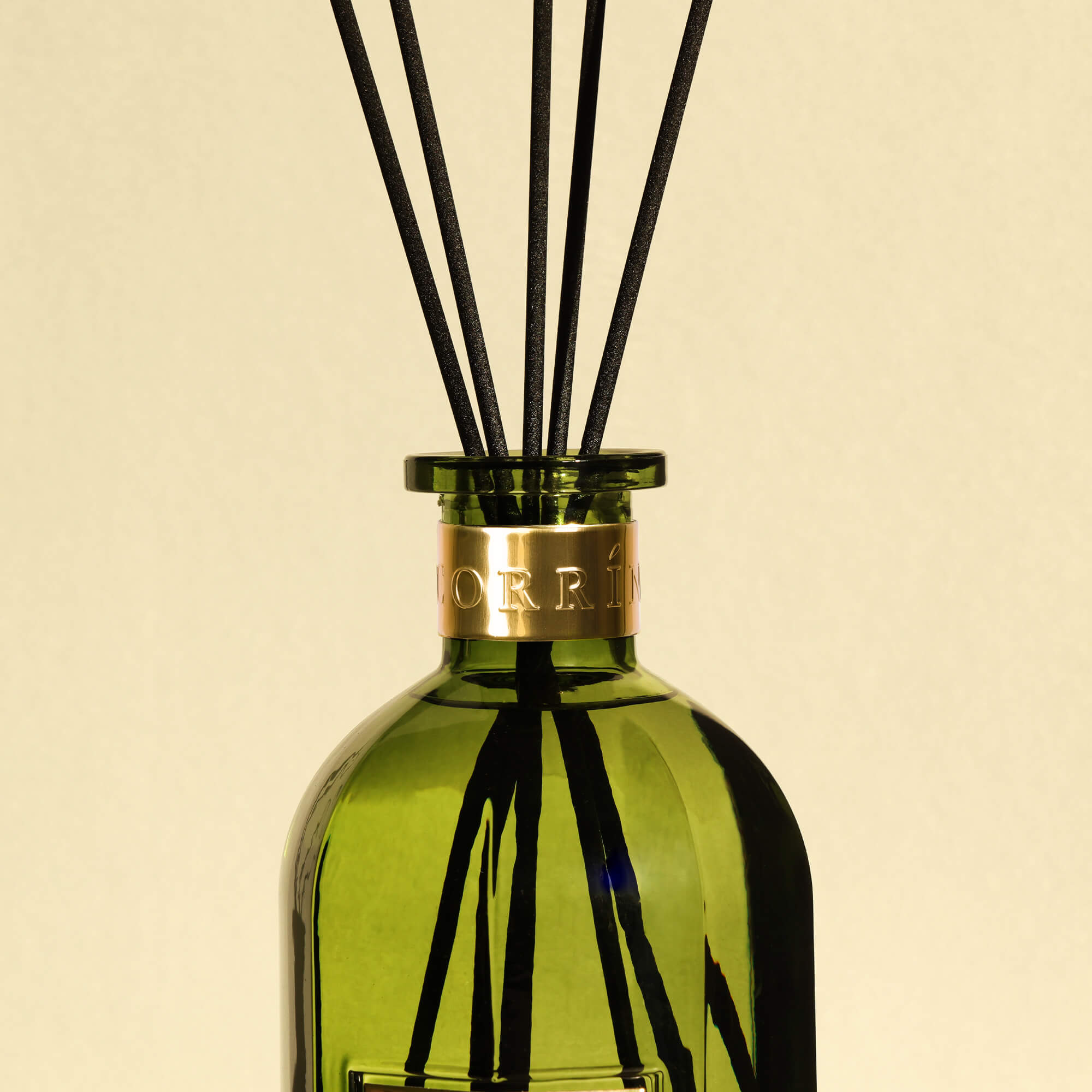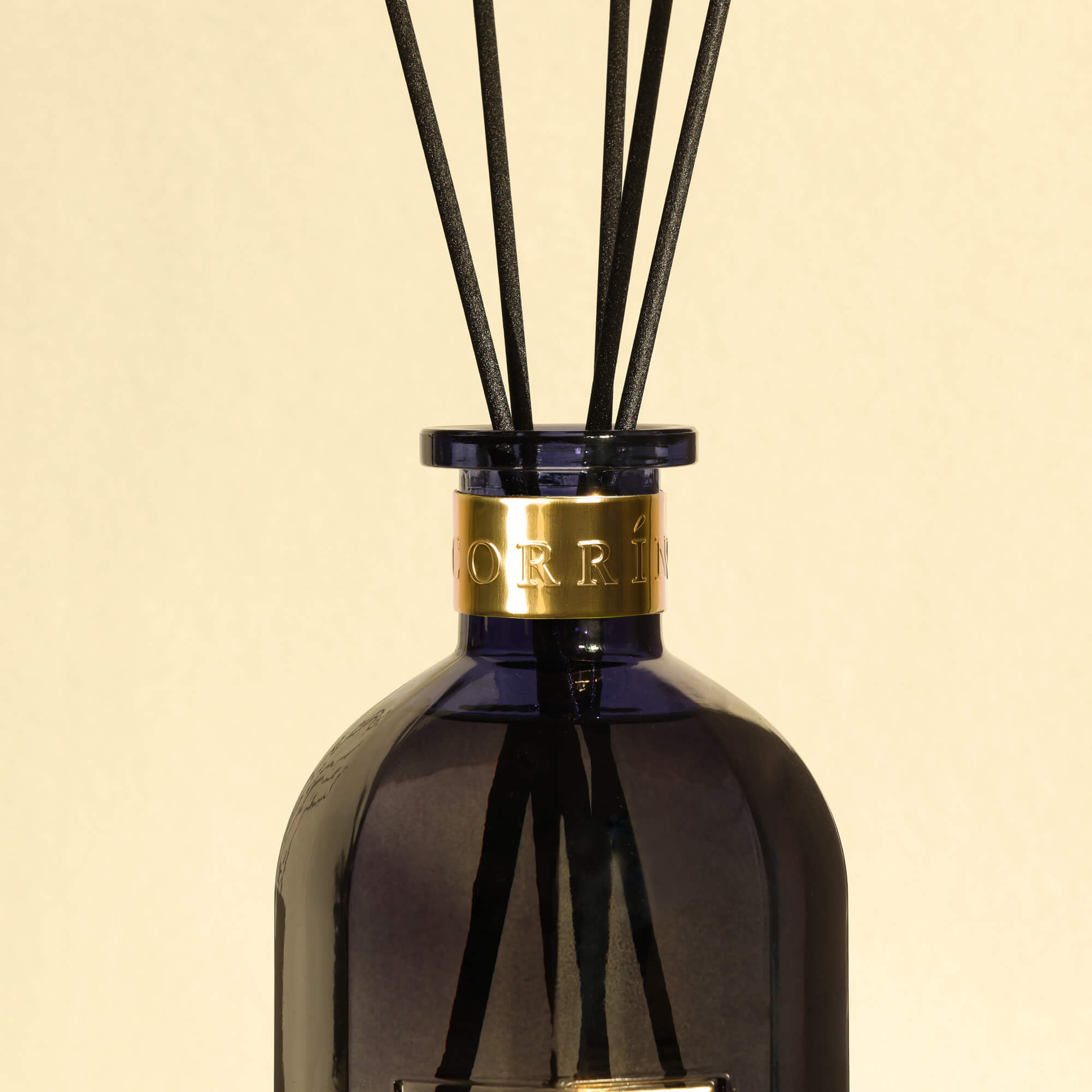Reed diffusers are an excellent way to bring continuous fragrance into your space without the need for heat or flame. The simple yet effective mechanism relies on a few essential components: reeds, fragrance oil, and a container. In this blog post, we'll break down the science behind how reed diffusers work and how you can optimize them for your home.

What Makes Reed Diffusers Work?
At the heart of every reed diffuser lies a series of reeds, typically made of porous rattan or bamboo. These reeds draw fragrance oil from a container and disperse it into the air. The diffusion process hinges on the natural phenomenon of capillary action. As the reeds absorb the oil, it moves upward and evaporates, releasing a pleasant aroma into the surrounding space.
What Is Capillary Action?
Capillary action is the movement of liquids through narrow spaces without external forces like gravity. This process occurs because of adhesive forces (the attraction between the liquid and the surface of the reed material) and cohesive forces (the attraction between liquid molecules themselves). In reed diffusers, capillary action allows fragrance oil to climb up the porous structure of the reeds and ultimately evaporate, releasing the scent.

How Does Capillary Action Work in Reed Diffusers?
In a reed diffuser, the oil adheres to the surface of the reeds and is gradually drawn up by the interplay of adhesive and cohesive forces. As the oil reaches the top of each reed, it evaporates into the air. The porous structure of the reeds ensures that the oil is evenly distributed across their surface, allowing for consistent fragrance dispersion.
Each reed essentially acts as a mini pipe, continuously drawing fragrance oil upwards. The entire length of the reed eventually becomes saturated with the oil, providing scent throughout.
How to Maximize Scent Diffusion in Theory
Maximizing scent diffusion involves finding the optimal saturation point, which is the balance between the number of reeds and the evaporation rate:
-
Reed Number and Length
More reeds mean faster scent dispersion, but too many can lead to uneven saturation or rapid depletion of the oil. Similarly, excessively long reeds may cause uneven evaporation. A common starting point is five to seven reeds of about 10-12 inches each. -
Even Distribution and Airflow
Reeds should be arranged evenly and placed in areas with good airflow to distribute the scent uniformly. -
Reed Material
The quality and material of the reeds matter. Rattan is a popular choice because its uniform channels provide consistent oil absorption and dispersion.

How to Select a Reed Diffuser for Your Home Size
Choosing the right diffuser for your space can significantly impact the fragrance effect. Here are some guidelines:
Small Rooms (up to 100 sq. ft.)
Start with 3-5 reeds and a smaller oil container (e.g., 4 oz). Too many reeds can overwhelm the space.
Medium Rooms (100-300 sq. ft.)
5-8 reeds and a larger container (e.g., 6-8 oz) are generally suitable for these spaces.
Large Rooms (300+ sq. ft.)
8-10 reeds or more, along with an oil container of 10 oz or larger.

Clogging or Staleness
Over time, reeds may become clogged due to oil residue or dust, reducing their efficiency. Replace them every 2-3 months, and switch to fresh oil regularly to avoid staleness.
By understanding the mechanism behind reed diffusers and carefully selecting the number and length of reeds based on your room size, you can ensure that your reed diffuser provides a consistent and delightful aroma to complement your space.




Leave a comment
All comments are moderated before being published.
This site is protected by hCaptcha and the hCaptcha Privacy Policy and Terms of Service apply.